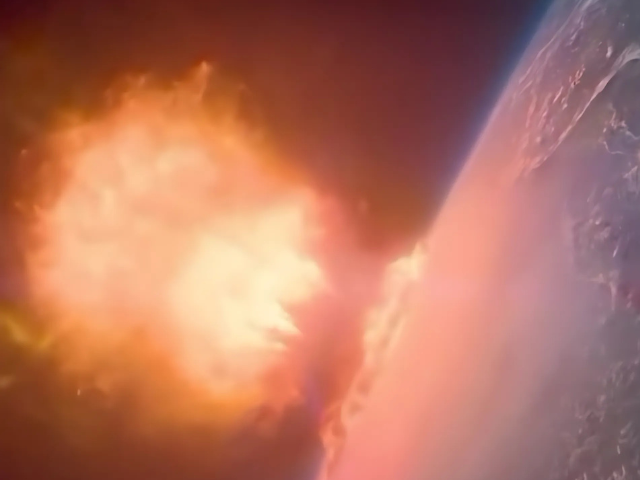
The likelihood of a giant asteroid striking Earth in 2032 has increased, According to NASA’s Center for Near Earth Object Studies (CNEOS), the asteroid 2024 YR now carries a 2.3% chance of collision, up from the previously estimated 1.3% in December.
This means there’s now a 1-in-43 chance of the asteroid hitting Earth on its closest approach, expected on December 22, 2032, However experts say there's no need for panic
Just a week ago, the European Space Agency (ESA) gave the asteroid a much lower 1.3% chance, estimating a near 99% probability it would pass Earth without incident.
The space rock, measuring up to 90 meters in diameter, is similar in size to the 1908 Tunguska asteroid that exploded in Siberia, flattening 830 square miles 2,150 square kilometers of forest.
Despite the raised odds, astronomers are urging calm. “It just deserves a little more attention with telescopes until we can confirm that,” said Colin Snodgrass, professor of planetary astronomy at the University of Edinburgh.
He added that the more data collected, the more accurate future predictions will be.
Fluctuations in impact probabilities are common for asteroids that are years away, and astronomers expect the chances of a collision to decrease as new data comes in. ESA’s video.
“How asteroids go from threat to no sweat,” explains that updated information about the asteroid’s speed and trajectory will likely bring its risk closer to zero in the coming months.
NASA’s planetary defense coordination office also agrees that the chances of an impact will decrease. “There have been several objects in the past that have risen on the risk list and eventually dropped off as more data has come in,” said researcher Molly Wasser.
The asteroid has been rated a three on the Torino Impact Hazard Scale, which ranges from zero (no risk) to 10 (a civilization-ending impact).
While this places 2024 YR4 at the top of official risk lists, it still poses little cause for alarm, say experts.
NASA’s successful Dart mission in 2022, which deliberately crashed a spacecraft into an asteroid to alter its trajectory, has also provided hope for future asteroid defense.
“This asteroid is of the scale that a mission like Dart could be effective, if required,” said Snodgrass. “We have the technology, and it has been tested.”
Despite the increased odds, astronomers believe that this asteroid is more likely to pass harmlessly by Earth, and further observations will help to refine predictions and clarify the risk.

























COMMENTS
Comments are moderated and generally will be posted if they are on-topic and not abusive.
For more information, please see our Comments FAQ